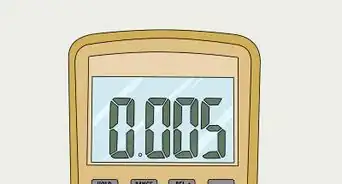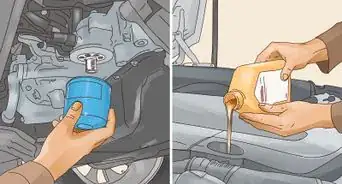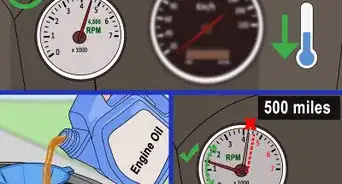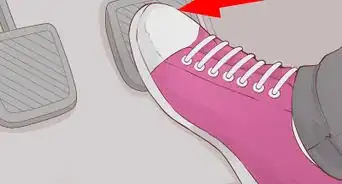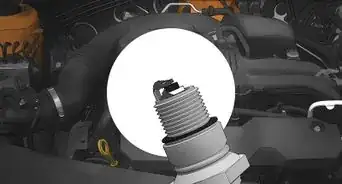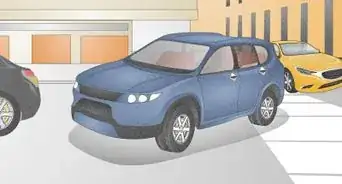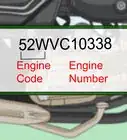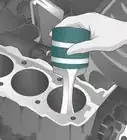This article was co-authored by Ed Beery and by wikiHow staff writer, Devin McSween. Ed Beery is an Automotive Specialist and the Owner of InTechgrity Automotive Excellence based in Denver, Colorado. With more than eight years of experience, he specializes in providing maintenance and repair services for both individuals and companies. Ed and the InTechgrity Automotive Excellence Team are approved by the American Automobile Association (AAA) for repairs and are Automotive Service Excellence (ASE) certified.
There are 10 references cited in this article, which can be found at the bottom of the page.
This article has been viewed 25,282 times.
You’re taking a pleasant drive out–the windows are down, music blasting–when suddenly your car starts to slow down. When you check your dash, you see “Engine Power Is Reduced” staring back at you. While having a warning light turn on in your car is the last thing you want to see when driving, the good news is that there are simple ways to bypass this message and get your car back to full power. In this article, we’ll teach you how to determine your car's issue and fix the problem in order to override its reduced engine power, as well as answer your questions about what reduced power means and what causes it.
Things You Should Know
- Reduced engine power is a protective mode that slows your car down and limits acceleration.
- Low engine oil, loose cables, and a clogged catalytic converter commonly cause reduced engine power.
- Tighten loose cables or clean your oxygen and mass air flow sensors to bypass reduced engine power.
- Replace your battery or catalytic converter if they are damaged to override reduced engine power.
Steps
Bypassing Reduced Power
-
1Inspect the engine wiring harness for loose connections. With your car off, in park, and cooled down, open the hood of your car. Look for any frayed or loose wires that connect to your car’s throttle body, engine control unit (ECU), fuel injector, ignition coil, or engine sensors. Gently tug on the connectors and cables to see if they come out. Tighten any loose cables with a screwdriver or wrench and replace ones that are damaged.[2]
- Frayed and damaged cables will have their colorful casing stripped, exposing the bare metallic wiring. Your mechanic can replace any damaged wires.
- If you are comfortable working on your car and know how to solder, you can fix damaged wires yourself. Remove the damaged piece of wire and solder the existing wire together with a new, matching strip. Always make sure your car is off and the wires you’re working on are disconnected from your car.[3]
- The engine wiring harness is a collection of cables and wires that control your car’s electrical system.
-
2Clean your mass air flow sensor. After turning off your car and letting the engine cool down, open your car’s hood and look for the mass air flow sensor. This is usually behind the air filter box. Pull the connector off and remove the sensor with a screwdriver. Spray the hole at the bottom of the sensor with mass air flow sensor cleaner. Let the sensor dry for about 30 minutes and put it back in your car.[4]
- If you are still receiving a reduced engine power message, you might have to fully replace your mass air flow sensor to resolve the issue.
-
3Remove build up on your oxygen sensors. With your car off and in park, find your oxygen sensors and remove them. Clean off any exhaust build up, dirt, and gunk that you can see at the top of the sensor with a wire brush. Reattach the sensor and then take a short drive to see if the message disappears.[5]
- Most cars have 2 oxygen sensors: one under the hood of your car, and one completely under the car. The sensor under the hood is typically near the motor by the engine, while the one under your car is by the catalytic converter and exhaust system.
- If you still have reduced power, this might mean that you have to fully replace your sensors to bypass the message.
-
4Clean your throttle body. Turn your car off, let it cool down, and open your car’s hood. Find your throttle body, which is usually by the intake manifold and air cleaner. Remove the air duct connector. Clean your throttle body by spraying it with throttle body cleaner and gently scrubbing it with a toothbrush. Reattach the air duct and start your car to let it idle for a few minutes.[6]
- If the reduced engine power message doesn’t go away after cleaning the throttle body, this can mean that there’s an internal issue with it and it needs to be replaced.[7]
-
5Replace your air filter. Change your air filter by turning off your car and opening the hood. Find your air filter box, which is usually black and next to your engine. Remove the box’s cover and take out your old filter. Simply insert your new filter, making sure the edges are fully sealed in the box, and screw the cover back on.[8]
- Be sure to choose an air filter that fits your car. You can find your air filter specifications in your car’s manual, or look up your car’s information on any auto parts’ website.[9]
- Experts recommend replacing your air filter every 20,000 to 30,000 miles (32,000-48,000 km).
-
6Check your distributor for damage. Turn off your car, let it cool down, and pop your hood to look for your distributor, a silver cylindrical piece near your engine. Remove the distributor’s cap and look for any damage on the rotor. If the rotor looks rusty, eroded, or even cracked, you will have to install a new distributor to override reduced engine power.[10]
- Some distributor caps can be removed by hand, while others might be secured with screws and require a screwdriver to get off.
-
7Change or top off your transmission fluid. Open the hood of your car and pull out the transmission dipstick, which is usually red or green. If the fluid is a discolored deep brown or black, it is time to change the fluid. If your transmission fluid is clean, or a slightly transparent bright red, but is low, simply top it off.[11]
-
8Make sure your engine oil is full. Turn your car off, let it cool for 15 to 20 minutes, then pop the hood and look for the oil dipstick. First check if your oil is a clean, golden brown or a sludgy, deep brown or black–if it's the latter, it needs to be changed. If the oil is close to the minimum line, or the dot closest to the tip of the dipstick, add more oil.[12]
-
9Check your battery for corrosion. Turn your car off, let the engine cool, then open the hood of your car. Find your car battery, which is usually near either front bumper. Look for any crusty, white corrosion on the top of the battery and its terminals. Disconnect the negative then positive cable. With gloves and safety glasses on, mix about a teaspoon of baking soda into equal parts water. Dip a toothbrush into the mixture and scrub away the corrosion. Rince it away with a damp rag.
- If you notice any loose cables attached to your battery, tighten them.
- Experts advise changing your battery about every 3 years. If you do have corrosion on your battery and it’s more than 3 years old, changing it will likely override reduced engine power.
-
10Inspect your catalytic converter. Turn off your car, let the engine and exhaust cool down, and jack your vehicle up. Locate the catalytic converter under your car by the exhaust system, which are the tubes at the rear of your car. Remove it and look for any black or gray blockages from substances like soot, oil, and water. If it is clogged, you will need to replace your catalytic converter to bypass reduced engine power.[13]
Common Causes
-
1Low engine oil. Oil lubricates all the moving parts in your engine to keep it working smoothly. Low engine oil reduces your engine’s ability to function properly, which can result in overheating.
- It’s important to regularly check your engine oil and top it up if it's low, as well as change it completely every 7,500 miles (12,000 km).
-
2Loose cable connections. All of the cables, connections, and terminals in your car supply it with electric power. Any cables that are damaged or loose and not making a full connection can cause your car to run at reduced power.[17]
-
3Clogged catalytic converter. The catalytic converter is responsible for converting exhaust into carbon dioxide, water, and nitrogen. When the converter becomes blocked with substances, it can no longer convert the exhaust, which powers down your engine.[18]
- If not fixed quickly, this can cause your engine to overheat.
-
4Malfunctioning throttle body. The throttle body controls the amount of air that enters into the engine. If the throttle body is unclean or blocked, less air enters the engine which reduces power and can cause a misfire.[19]
-
5Faulty oxygen and mass air flow sensors. Oxygen sensors detect how much fuel the engine is burning, while mass air flow sensors measure the amount of air entering the engine. Defective sensors can cause inaccurate readings, meaning that your engine is receiving too little fuel or air, and lead to reduced power.[20]
-
6Damaged distributor. The distributor spins and circulates electricity to the spark plugs. If the distributor is not working properly, it won’t successfully ignite the engine, causing the engine to run inefficiently.[21]
-
7Faulty spark plugs. As the name suggests, spark plugs spark electricity, which ignites the fuel in your engine and starts your vehicle. A worn or damaged spark plug will not ignite the engine and can cause an engine misfire, reducing the amount of power going to the engine.[22]
Warnings
- Always make sure your car is off, in park, and has cooled down before touching or removing any parts.⧼thumbs_response⧽
References
- ↑ https://www.repairsmith.com/blog/how-to-use-obd2-scanner/
- ↑ https://www.autocornerd.com/how-to-bypass-reduced-engine-power/
- ↑ https://www.youtube.com/watch?v=WlReovGlzx4
- ↑ https://www.youtube.com/watch?v=ck5-GHuSApE
- ↑ https://fourwheely.com/how-to-bypass-reduced-engine-power-guide/
- ↑ https://www.popularmechanics.com/cars/how-to/a81/1272341/
- ↑ https://www.autocornerd.com/how-to-bypass-reduced-engine-power/
- ↑ https://www.autocornerd.com/how-to-bypass-reduced-engine-power/
- ↑ https://www.carbibles.com/how-to-change-car-air-filter/
- ↑ https://fourwheely.com/how-to-bypass-reduced-engine-power-guide/
- ↑ https://www.autocornerd.com/how-to-bypass-reduced-engine-power/
- ↑ https://muxgear.com/bypass-reduced-engine-power/
- ↑ https://www.autocornerd.com/how-to-bypass-reduced-engine-power/
- ↑ https://www.autocornerd.com/how-to-bypass-reduced-engine-power/
- ↑ https://fourwheely.com/how-to-bypass-reduced-engine-power-guide/
- ↑ https://mycarmakesnoise.com/engine/reduced-engine-power-warning-causes-and-how-to-fix-it/
- ↑ https://mycarmakesnoise.com/engine/reduced-engine-power-warning-causes-and-how-to-fix-it/
- ↑ https://www.autocornerd.com/how-to-bypass-reduced-engine-power/
- ↑ https://mycarmakesnoise.com/engine/reduced-engine-power-warning-causes-and-how-to-fix-it/
- ↑ https://fourwheely.com/how-to-bypass-reduced-engine-power-guide/
- ↑ https://fourwheely.com/how-to-bypass-reduced-engine-power-guide/
- ↑ https://www.autocornerd.com/how-to-bypass-reduced-engine-power/
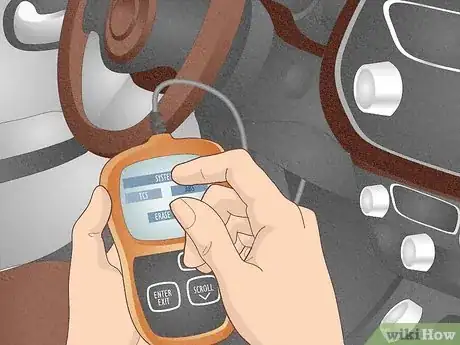
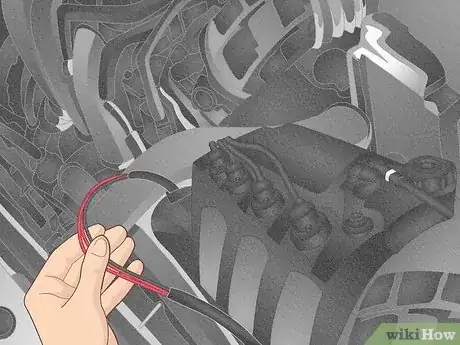
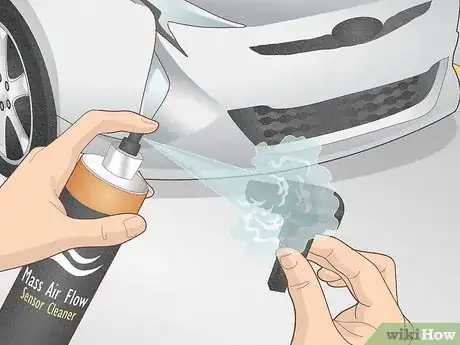

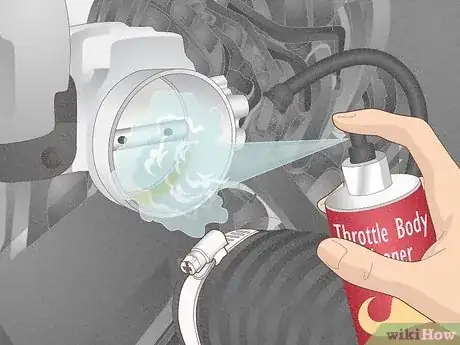
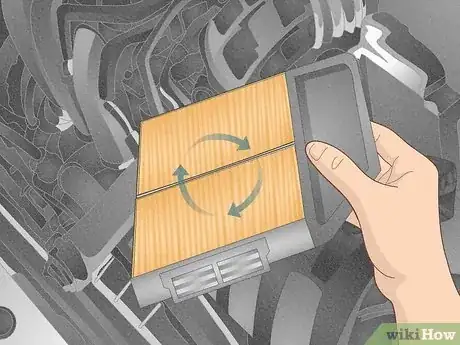
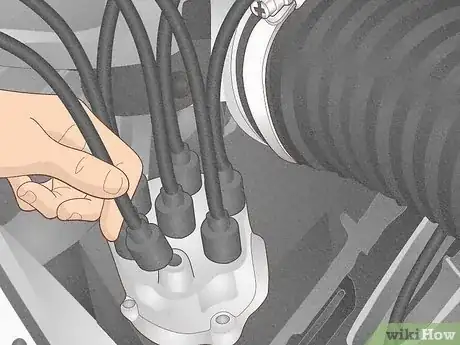
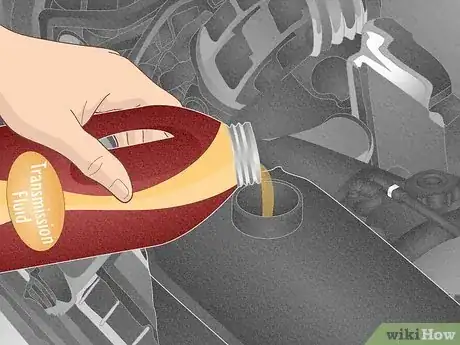

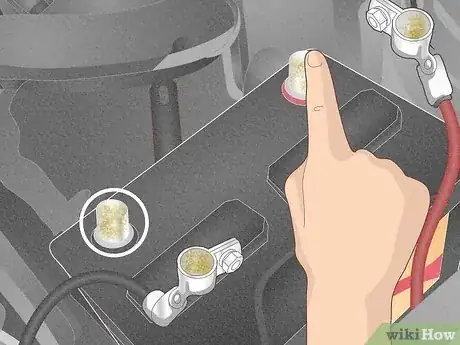
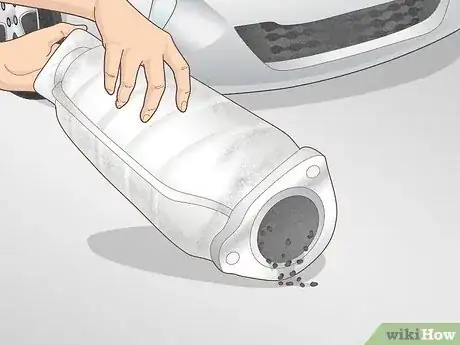
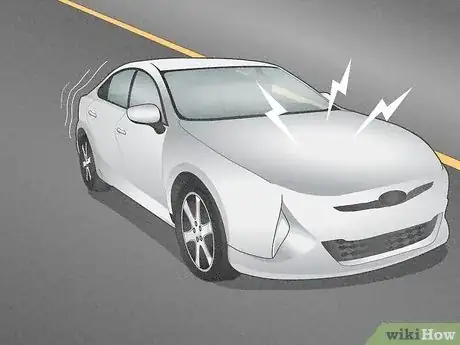
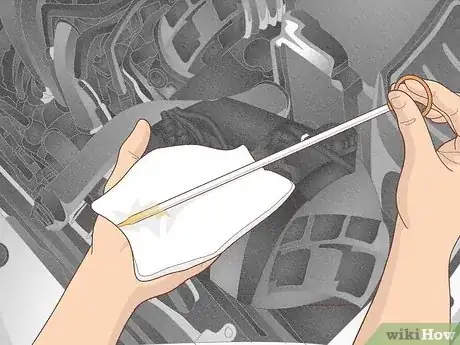
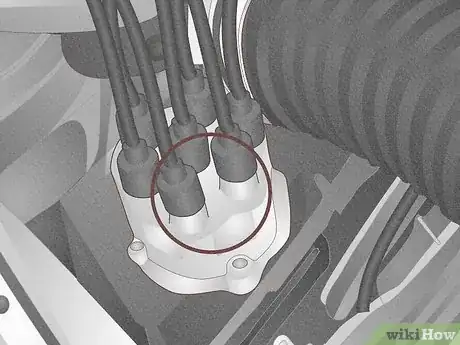
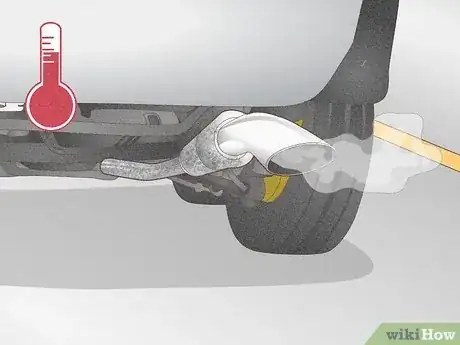


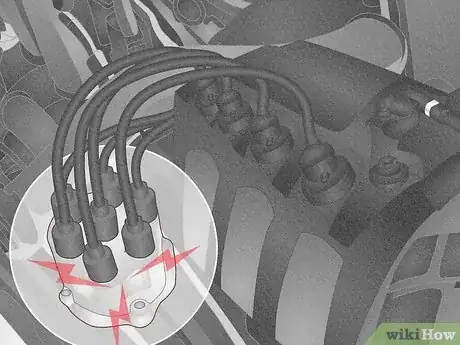
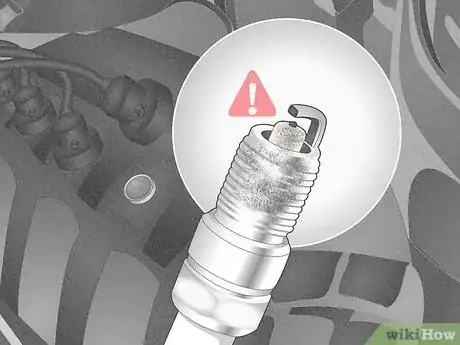
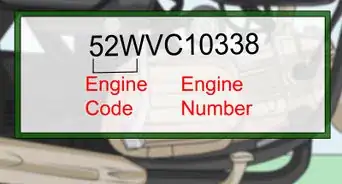
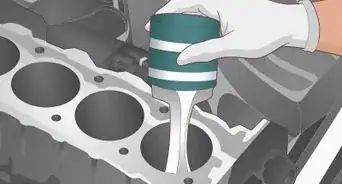
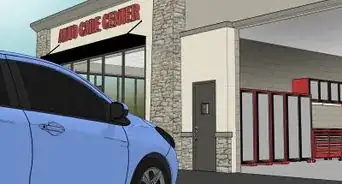
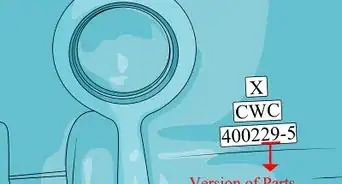
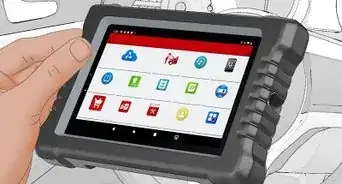
-Step-13.webp)
